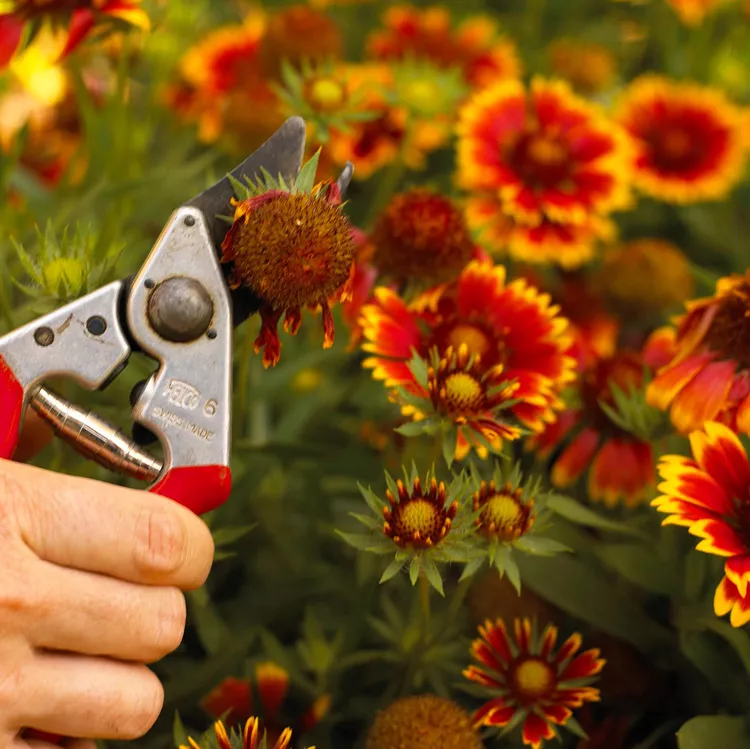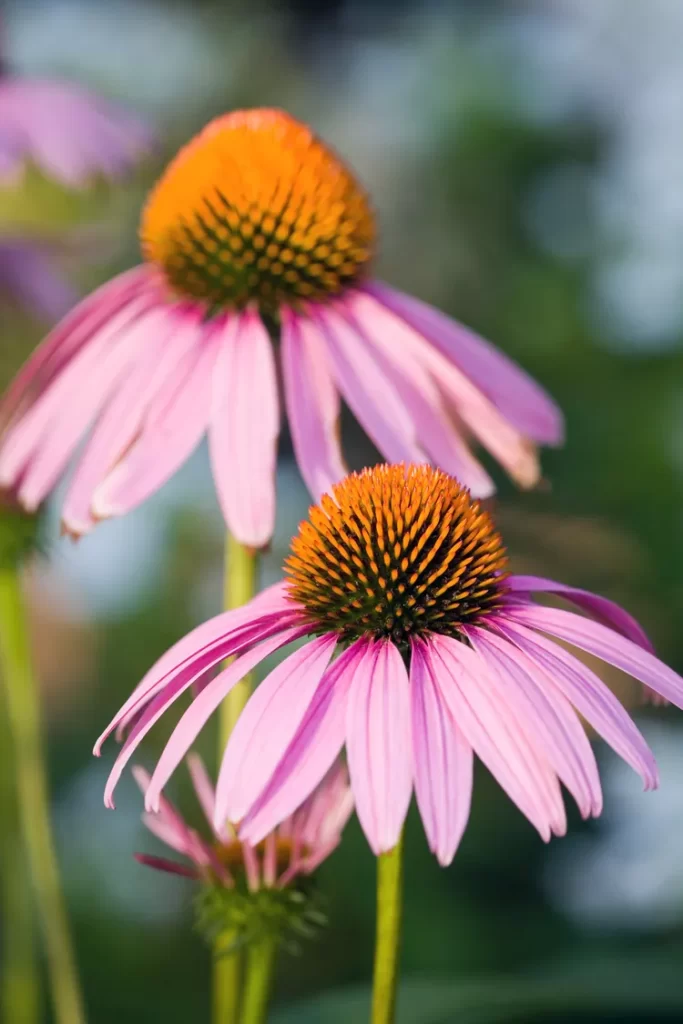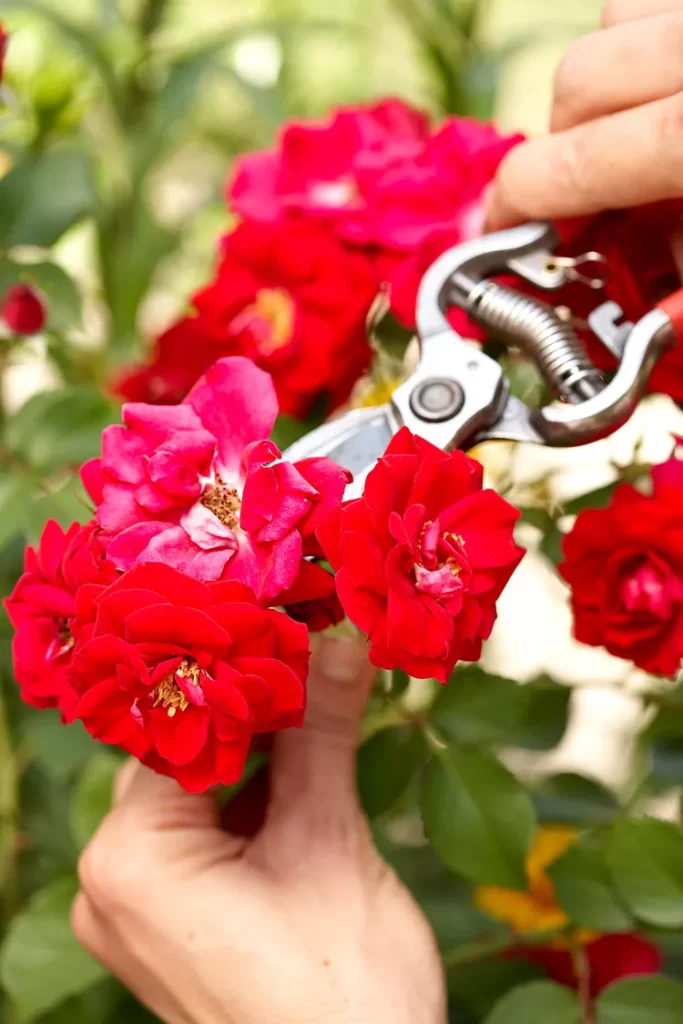Your annuals and perennials will bloom more if you snip away spent flowers. Plus, it’s an easy way to help your garden look tidy.
Let’s face it: Even the name of this task sounds scary. But deadheading your plants isn’t as morbid as it sounds; it just means trimming off spent flowers. Not only does this help keep your garden looking tidy, but it also encourages your plants to continue making new flowers instead of spending energy on producing seeds.
Some gardeners get a little nervous about snipping parts off their plants, but unless you start whacking away, it’s tough to damage or kill a plant just by clipping spent flowers. So when your flowering plants have fading blooms, brown, curled up, or otherwise looking unattractive, that’s your cue to pull out your garden shears and start deadheading.
Which Plants to Deadhead?

You can often get a clue about which plants to deadhead and which to leave alone just by watching them. If the flowers stay on the plant and become brown and unattractive, feel free to start trimming spent flowers to clean up the mess.
Plants with Many Small Flowers
These include Coreopsis, feverfew, golden marguerites, Lobelia, sweet alyssum, smaller mums, Potentilla, flax, Aster, Gaillardia, and Ageratum. Trimming one flower at a time would be too time-consuming, so instead, use grass shears ($28, The Home Depot) to tackle the task in sections. Get as much of the flower stalk as possible. Avoid buds, but don’t worry about taking a little foliage off with the spent flowers; it’ll grow back.
Shrubby Plants with Large Flowers

These include large marigolds, summer phlox, Astilbe, peonies, purple coneflowers, black-eyed Susans, daisies, annual and perennial Salvia, petunias, and zinnias. With pruning shears ($42, The Home Depot), also known as secateurs or pruning snips, cut off each spent flower individually, getting enough of the stalk, so it doesn’t stick out awkwardly. It’s OK (and in the case of leggy plants, such as petunias, desirable) to take off a bit of the foliage, too.
Roses

Not to be confused with pruning, deadheading roses means taking out only the minimum amount of stem to remove the spent flower. Cut at a 45-degree angle sloping down toward the center of the rosebush. You should cut on a spot after the first pair of leaves and directly above an outward-facing stem (a stem that points away from the plant’s center).
Long-stem Flowers on Tall Stalks
No Need to Deadhead
Though many plants will benefit from deadheading, not all need it to bloom. You can also find self-cleaning varieties of some plants that traditionally need deadheading; the spent flowers will naturally fall off, and the plant will produce more flowers without any trimming from you.
- Grasses
- Sedum ‘Autumn Joy’
- Melampodium
- Impatiens
- Most flowering vines
- Most groundcovers
- Crocuses and other “minor” spring-blooming bulbs
- Wishbone flower (Torenia)
Other Ways to Extend Blooms

Deadheading is just one way to stretch the bloom season; there are other tricks you can use to make color last.
- Set potted annuals in the garden and move them around to areas that need an instant color lift.
- Plant late-summer and autumn-flowering bulbs in early to midsummer for lovely late-season bloomers.
- Water deeply every three to four days while young plants are establishing themselves, then cut back to weekly watering. Later in the season, water as needed when the soil is dry.
- Feed perennials monthly (spring through summer) with a fertilizer that’s low in nitrogen but high in phosphorus. Feed annuals every three weeks with a balanced (5-10-5) organic fertilizer.
- Weed out any unwanted plants so flowers won’t have to compete for nutrients.
- Propagate existing plants by dividing them or collecting seeds from one or two faded blooms that you don’t deadhead; the more the merrier!


